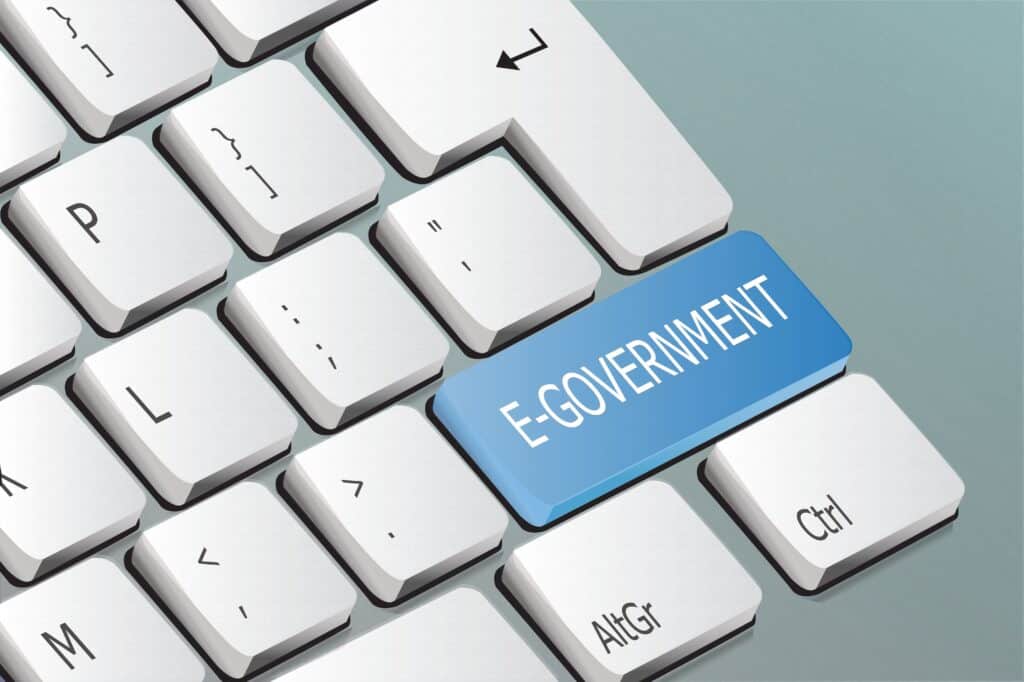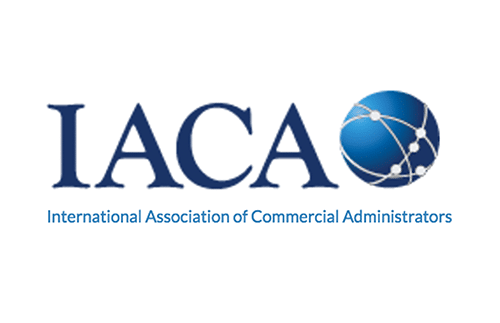Digital transformation is becoming an ever-more-urgent mandate in the public sector. More government CIOs are staring down the need to deliver digital government, and are trying to establish a vision and transition plan for making that happen. All the while, they’re having to stay between the lines when it comes to budgeting for that evolution.
Do their digital government adoption strategies go far enough? According to Gartner, the “vast majority” of digital government strategies the firm reviews are just “modestly updated versions” of existing e-government roadmaps.
As Andrea Di Maio, managing vice president at Gartner, put it at their Gartner Symposium/ITxpo in Barcelona,
“Government leaders must replace their focus on services with a data-oriented mindset to truly transform government with new technologies such as artificial intelligence and the Internet of Things.”
To really move forward, she recommended CIOs follow a plan that adheres to Gartner’s 5 level maturity model, where “the process of digital innovation using open data is embedded deeply across the entire government, with buy in and leadership from the top tier of policymakers.”
On the other hand, Accenture sees signs that some government CIOs are “making real progress” in managing the move forward, even as they’re challenged to balance a mixture of legacy and leading-edge technologies. The budgetary limitations many of them have to deal with are just one reason a government CIO has to rule out re-booting their entire digital services architecture.
It’s obvious there’s no single template yet for how a government achieves digital transformation, and there may never be. The approaches CIOs have taken have been nearly as diverse as America itself. In many cases, that’s because each of them is wrestling with the idiosyncratic legacy of processes, platforms, architectures and digital services that’s taken root in their organization over the past 10, 20 or 30 years.
Fighting the fear of transformation
When past ways of doing things are so entrenched or complicated, it’s a main reason a government gets cold feet about pushing forward. Not unlike some areas of the private sector, its leaders feel real trepidation about digital transformation because, well, it’s transformative.
As Bill Eggers, public-sector research director at Deloitte and an expert on government reform, pointed out in a 2016 issue of Techwire that was devoted to examining California’s efforts to embrace tech-empowered public services:
“The digital revolution is the biggest challenge facing government because it is a fundamentally different way of organizing government and of delivering government. It’s a different way of procuring services and delivering services that requires different sorts of people with different mindsets.”
Workflow automation and the demonstrably excellent benefits it provides to public services organizations can be one valuable tool for breaking this mindset. By non-disruptively integrating into an agency or department’s existing workplace, seamlessly complementing legacy systems, and delivering significant ROI with Cloud-based ease of adoption and cost-effectiveness, it helps dispell doubts, blazing a trail for even greater digital transformation of how a government services its community.
Forward-thinking CIOs at the municipal, county, state and federal level have recognized that by making government workflow automation a key building block of their digital transformation agendas.
To embrace the future, governments must face the past
It’s encouraging to see how some governments are making major commitments to holistically managing the labyrinths of software and platforms that can impede digital transformation.
Take the case of Illinois, which consolidated the state’s IT offices into a new Illinois Department of Innovation and Technology (DoIT) last year, with 1,700 employees and an $800 million annual budget for IT services, operating under a unified vision of searching out efficiencies, eliminating redundancies, and instilling collaboration among the state’s many departments and IT stakeholders.
Considering that, even after a prior consolidation, Illinois still has 2,700 apps running, many of them redundant, as well as 420 different ERP systems, there’s plenty of streamlining and unifying left to do.
That’s one point in common among most of the communities working toward becoming one of the “smart cities” of tomorrow: Before striding into their technology future, they’ll need to come to grips with their technology past.














